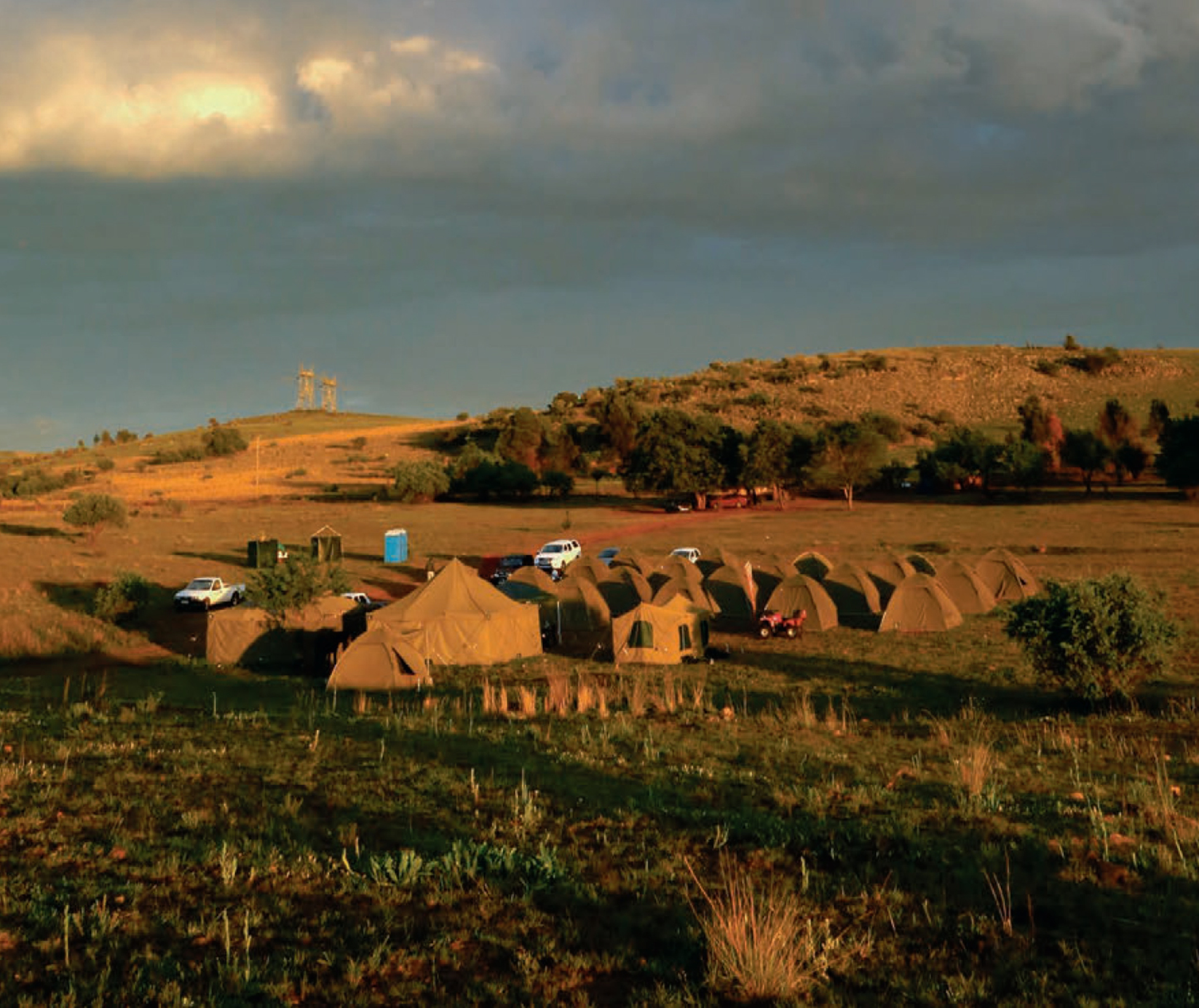

“Quite a little city you have going here,” John Hawks commented as he first arrived at the compound quickly established to accommodate the Rising Star expedition. From this campsite, teams descended into the cave, sending back video records of what they saw and ultimately bringing fossils up for further study. Credit 18


Members of the expedition had to navigate a complex and tortuous passageway through the Rising Star cave system to reach the Dinaledi Chamber, where the Homo naledi fossil trove was found. This cross section image, representing the entire path, is based on laser survey data collected from inside the cave. Credit 19
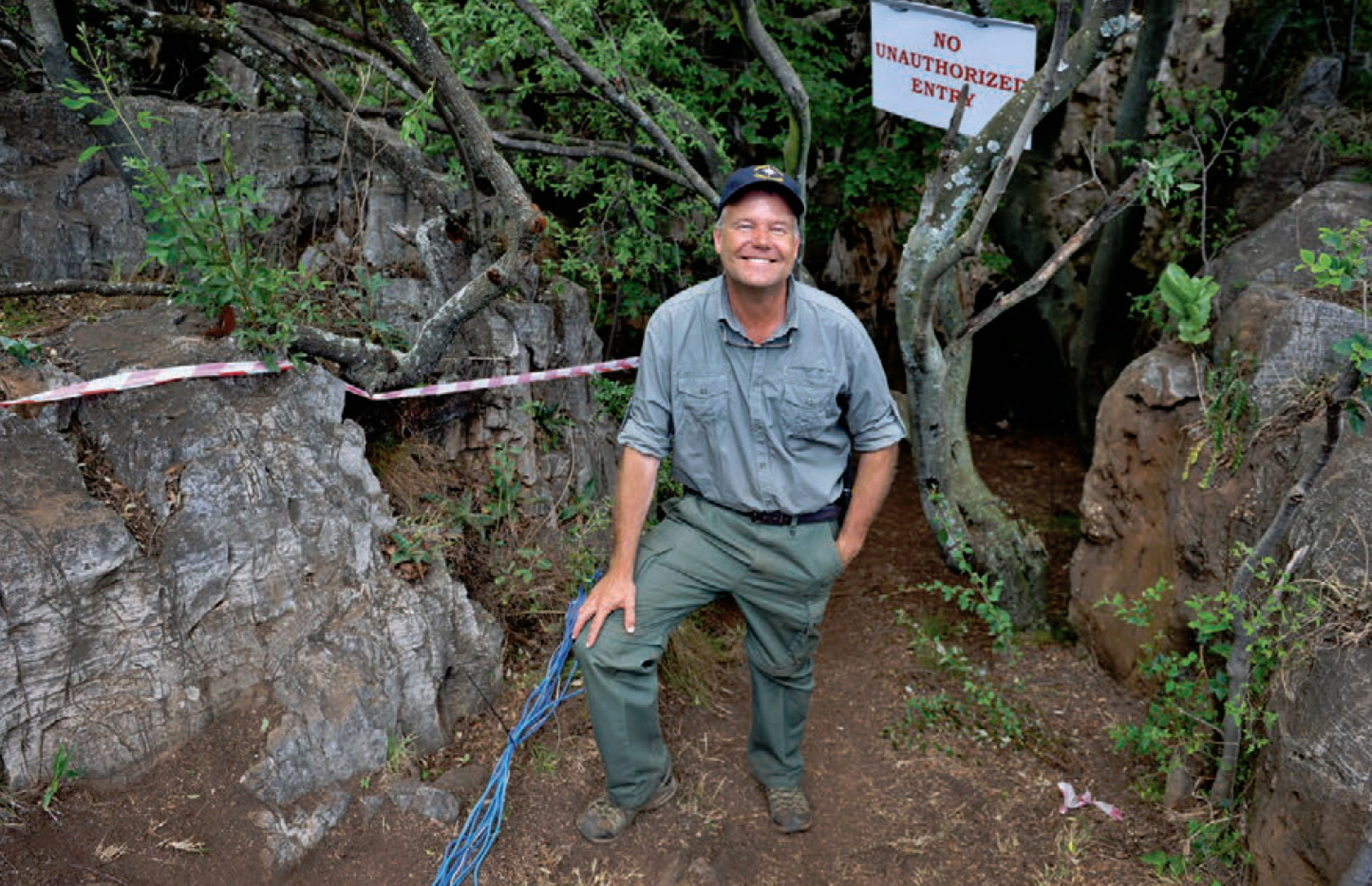

Avid cavers first told Lee Berger that this inconspicuous opening in the rocky landscape might lead to something of interest. Little did they know that they had found the entrance to a cave full of fossil remains from a species never before identified. Credit 20
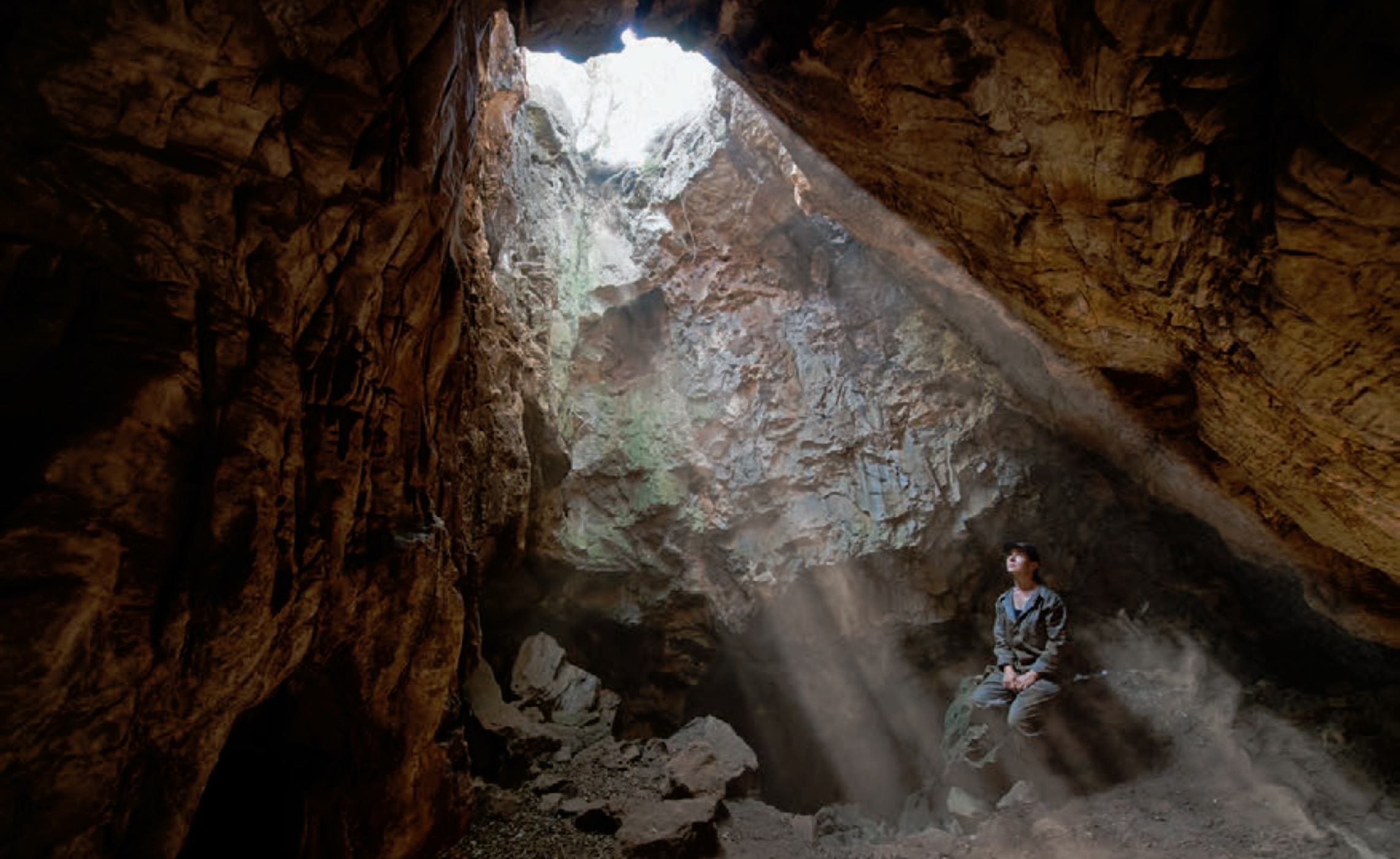

Sunlight streams in through the entrance of the Rising Star cave system on anthropologist Marina Elliott, one of the six “underground astronauts” selected to explore the site—all academically and physiologically up to the task, and, by chance, all women. Credit 21
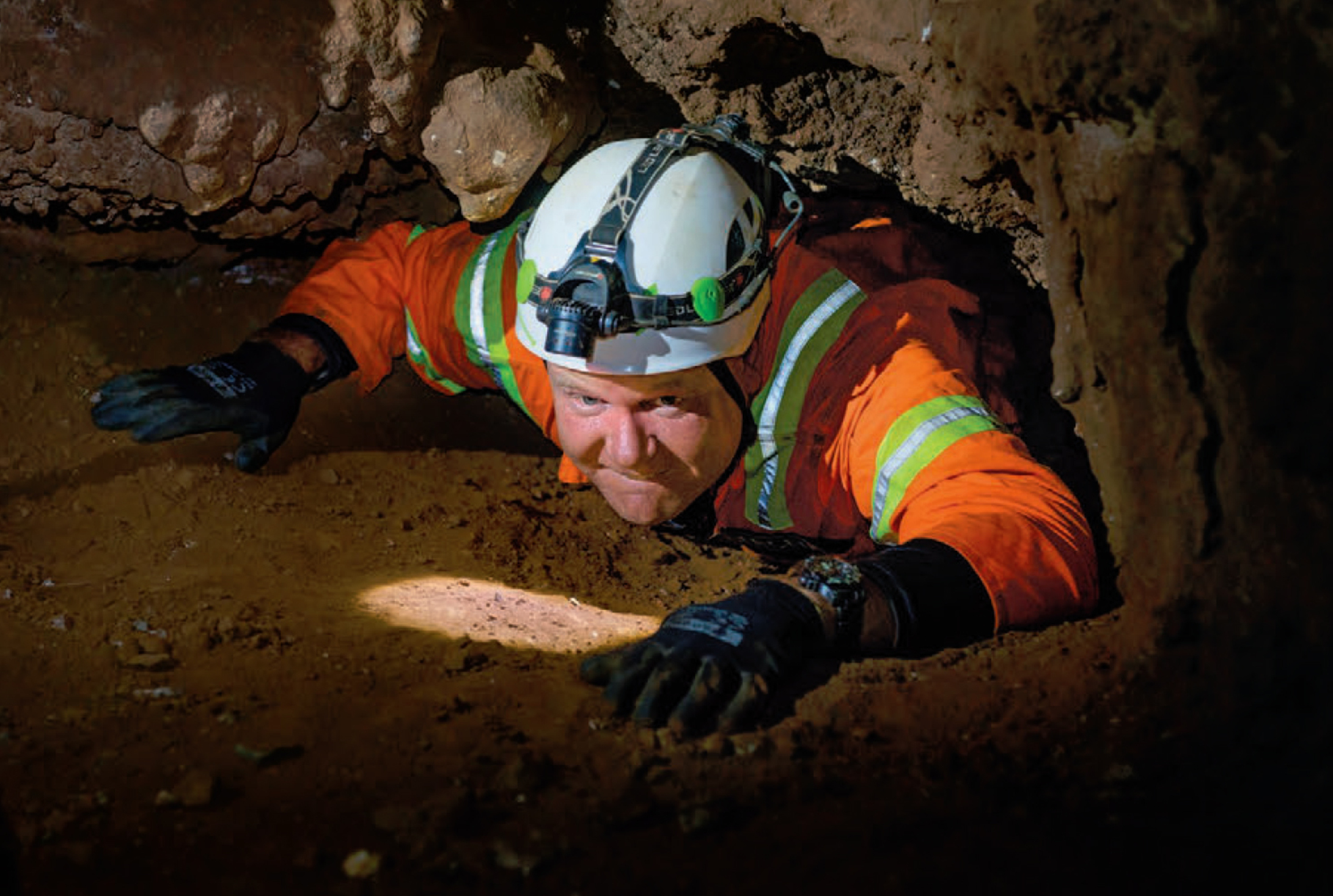

The expedition put team members through many a tight squeeze. Here Lee Berger emerges from Superman’s Crawl, so named because one had to stretch hands forward, feet back to make it through the space. For many team members, including Berger himself, the size of their bodies meant they could never descend all the way into the Dinaledi Chamber. Credit 22
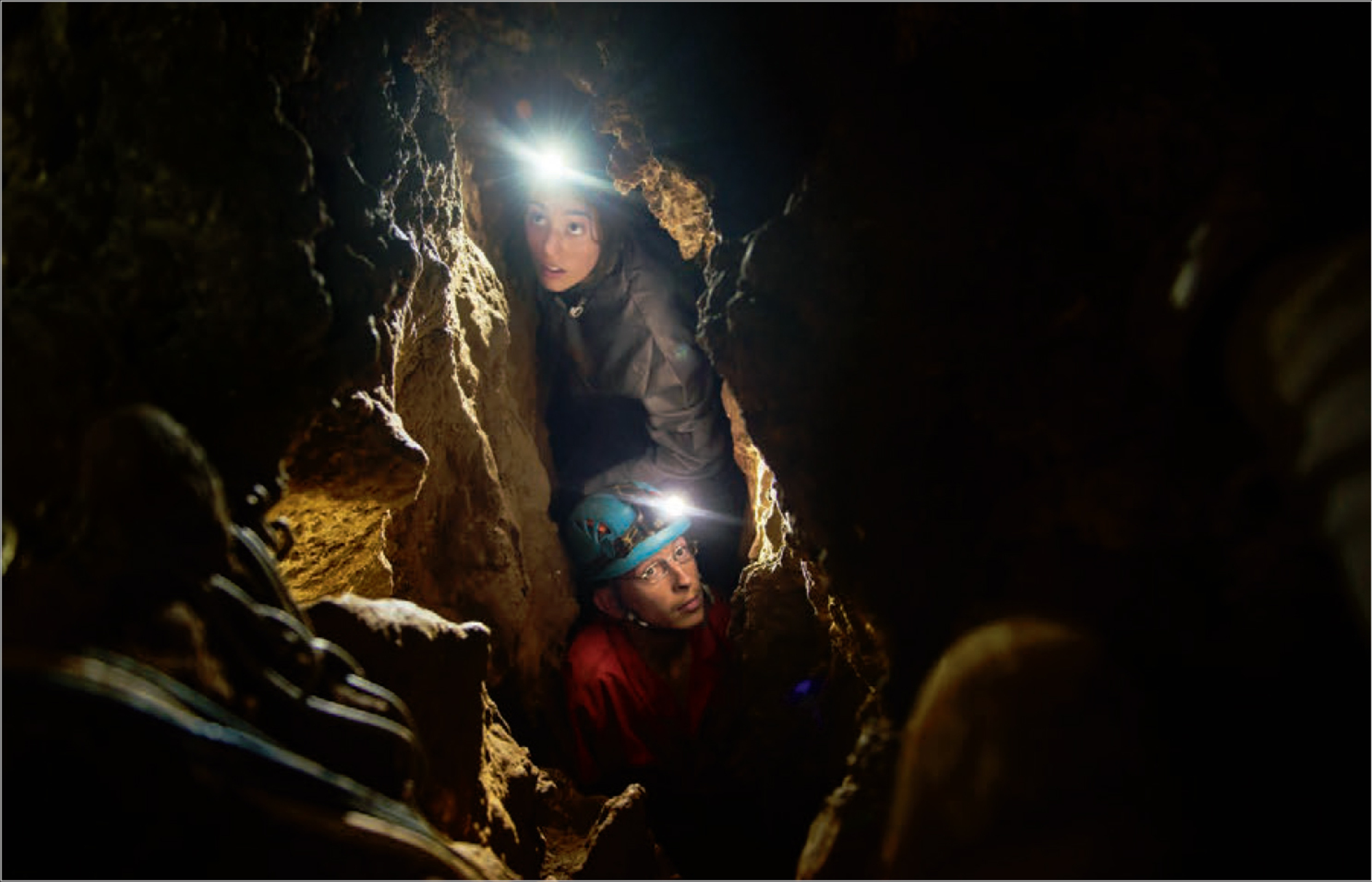

Megan Berger, above, takes up her station at Base 1, at the top of the Chute, as Rick Hunter reaches that point, emerging from the Chamber below. Credit 23
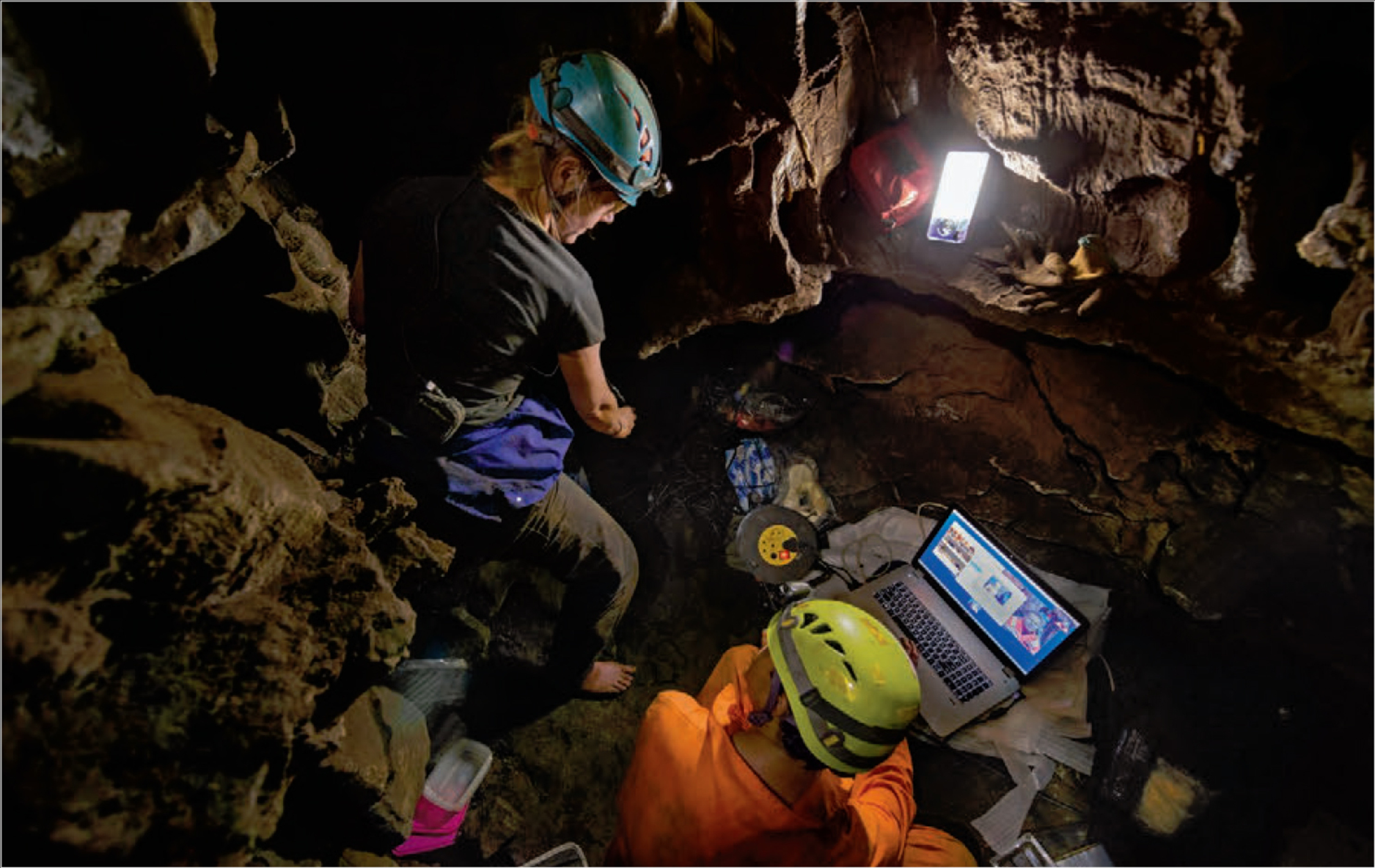

As researcher Marina Elliott, left, collects data about the cave and its contents, teammate Ashley Kruger records her findings on a laptop. Throughout the cave system, electronics including computers, cameras, and spotlights allowed observations to be recorded and transmitted to those outside the cave. Credit 24
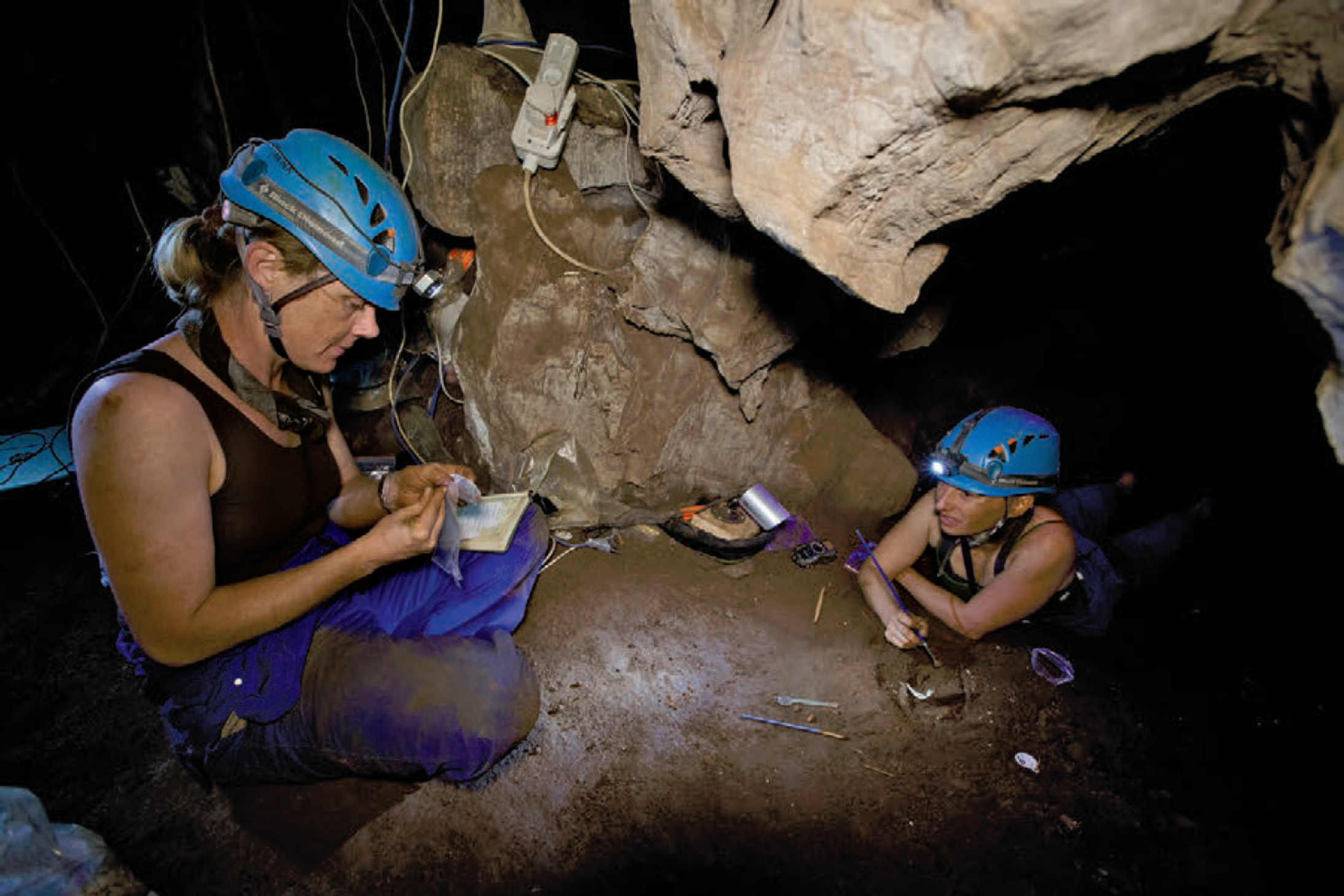

Researchers worked in twos and threes once they descended into the Chamber. Here Marina Elliott, left, and Becca Peixotto carefully observe, describe, collect, and catalog fossil specimens found inside the Dinaledi Chamber, more than 100 feet underground. Credit 25
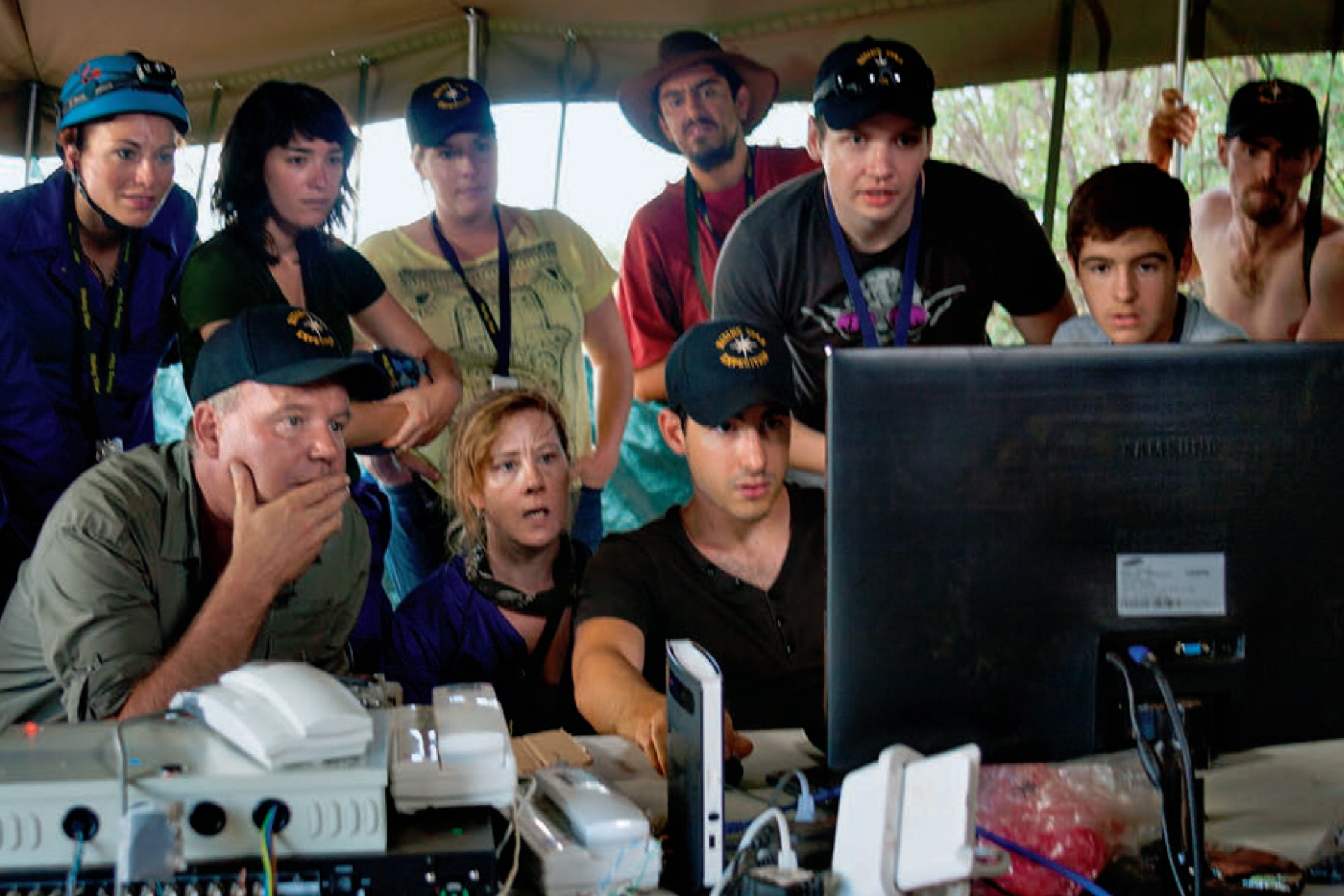

The tension is tangible as a crowd in the Dinaledi Command Center awaits scanned images sent by team members from deep underground.
Seated, left to right: Lee Berger, Marina Elliott, and Ashley Kruger. Standing, left to right: Lindsay Eaves, Alia Gurtov, Bonita de Klerk, Gerrie Pretorius, Michael Wall, Matthew Berger, and Steven Tucker. Credit 26
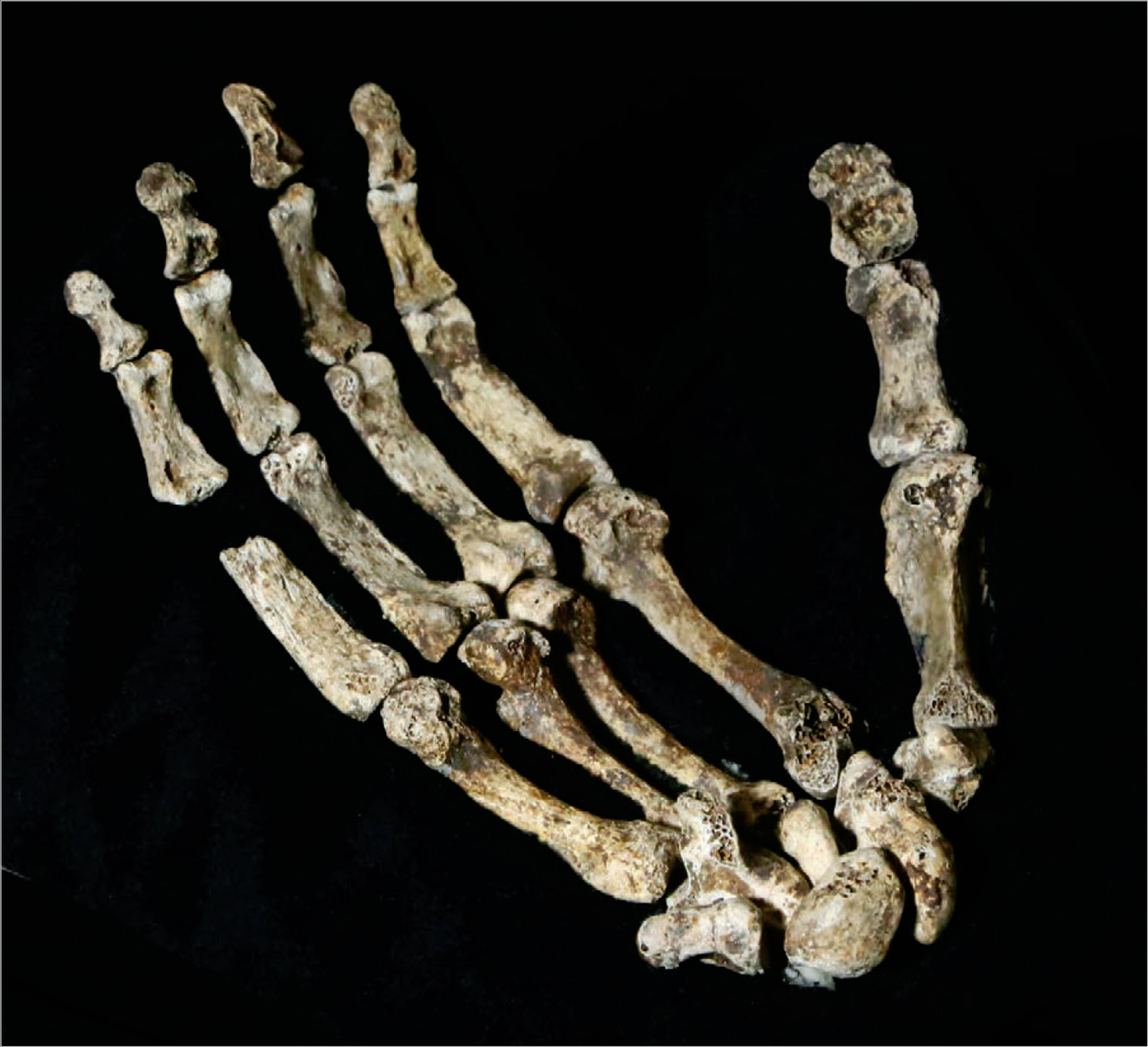

Once fossils brought from the Dinaledi Chamber could be combined to form a full hand, the anatomical relationships were striking and distinctive. The long opposable thumb in particular indicated that the remains were hominin. Credit 27
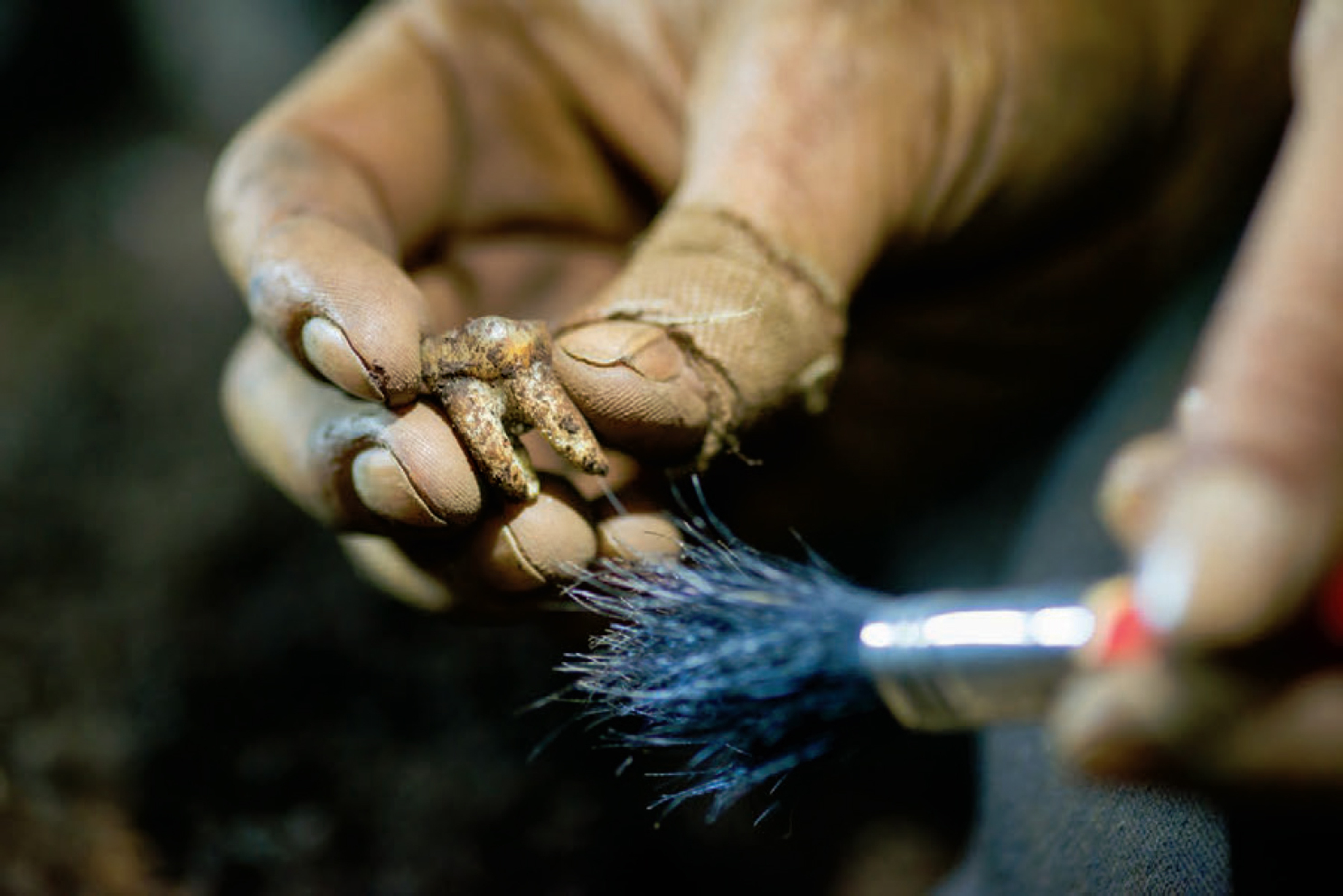

With hands that show how paleoanthropology can be dirty work, Peter Schmid brushes sediment off one of the teeth discovered in the Dinaledi Chamber. Credit 28
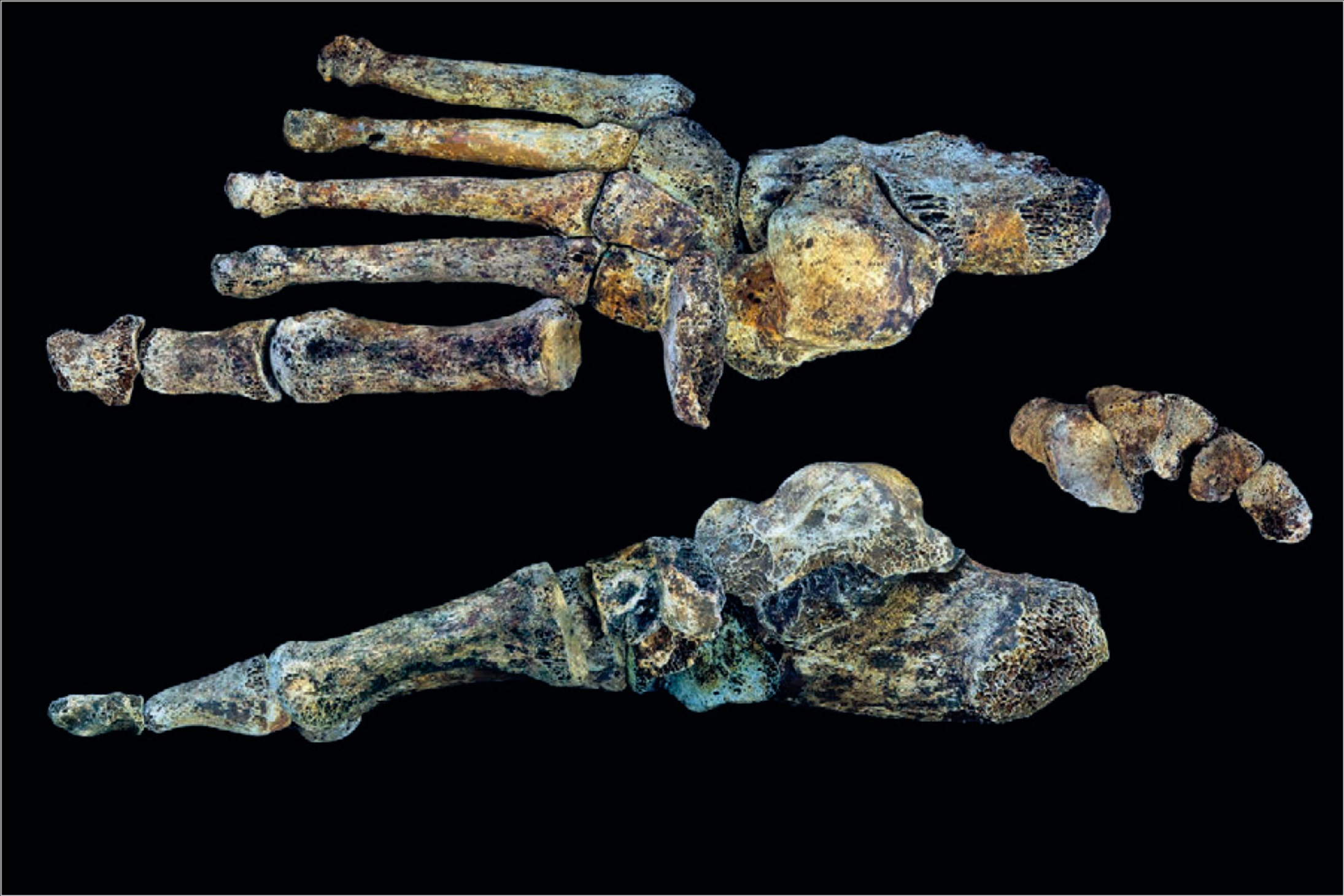

Among the fossil bones discovered in the Dinaledi Chamber was a nearly complete right foot, shown here from three different angles: looking from above, from the side, and, at right, at the near ends of the five metatarsals, showing the arch of the foot. Credit 29
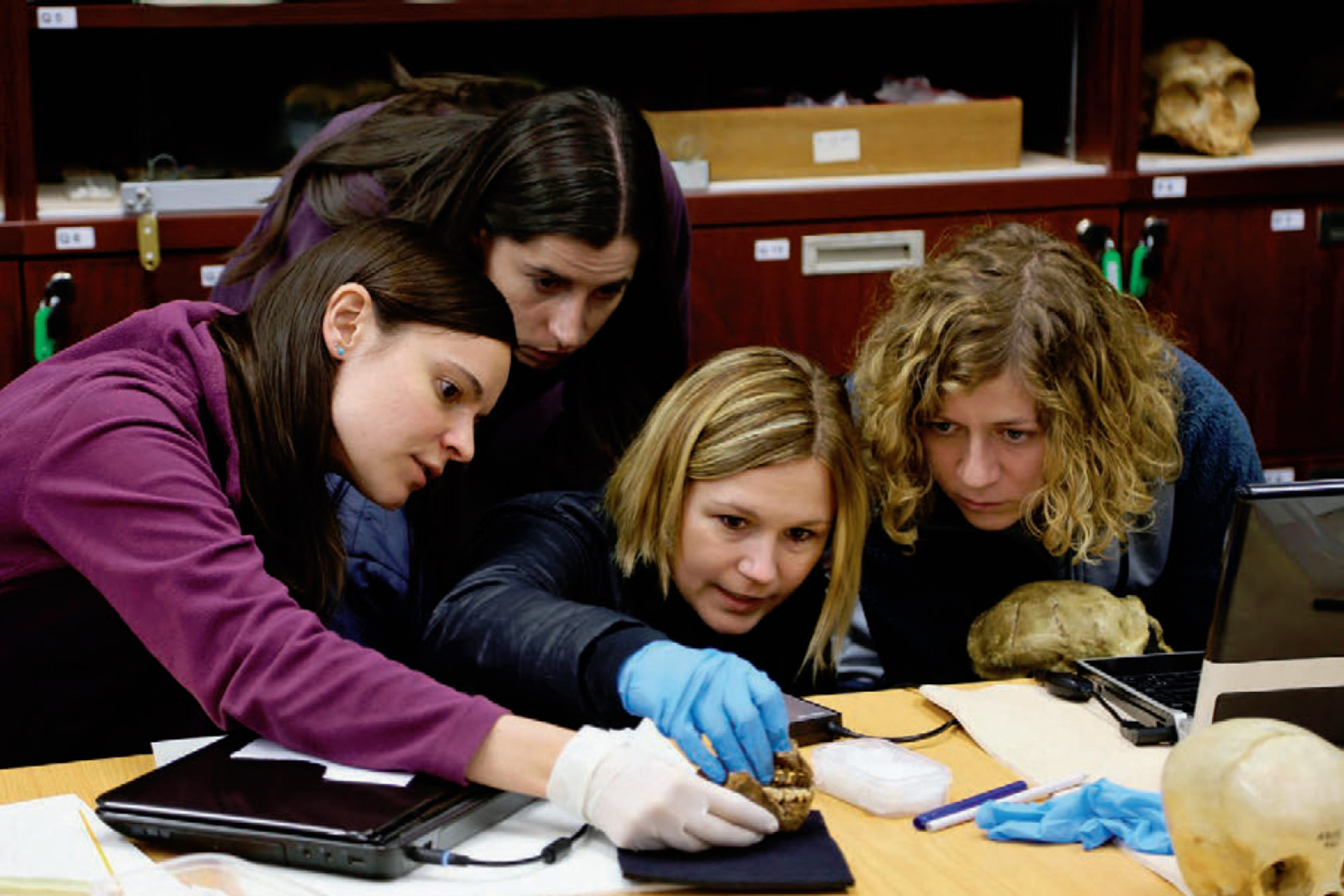

Rising Star expedition team members divided into groups to focus on different parts of the body. Here members of the cranial team—left to right, Myra Laird, Jill Scott, Heather Garvin, and Davorka Radovčić—compare Homo naledi fossils with specimens from other hominins. Credit 30
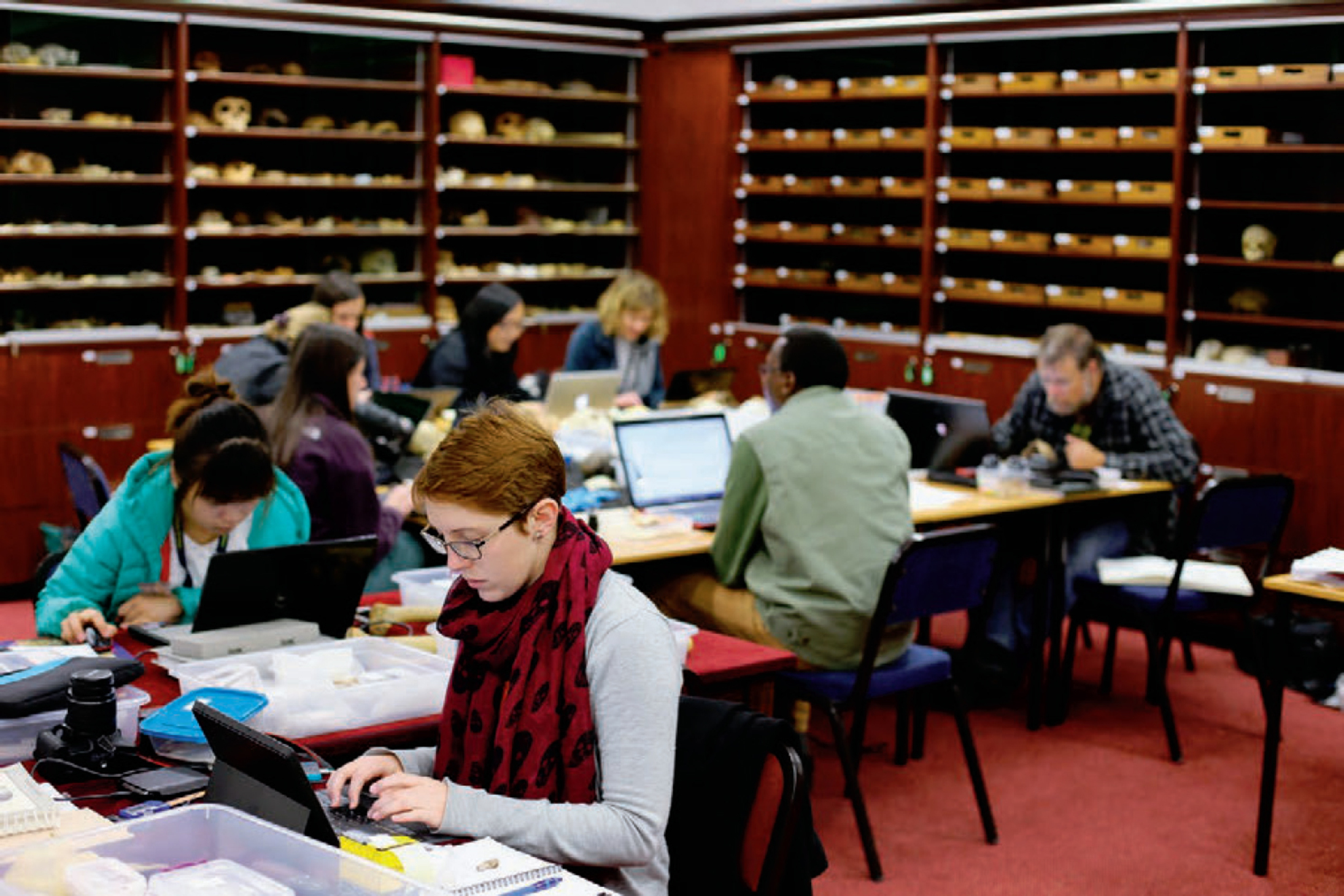

Rising Star workshop team members set up stations inside the Phillip Tobias Primate and Hominid Fossil Laboratory at the University of the Witwatersrand, where discoveries from nearly a century of South African paleoanthropology are archived in the deep shelves that line three walls. Credit 31
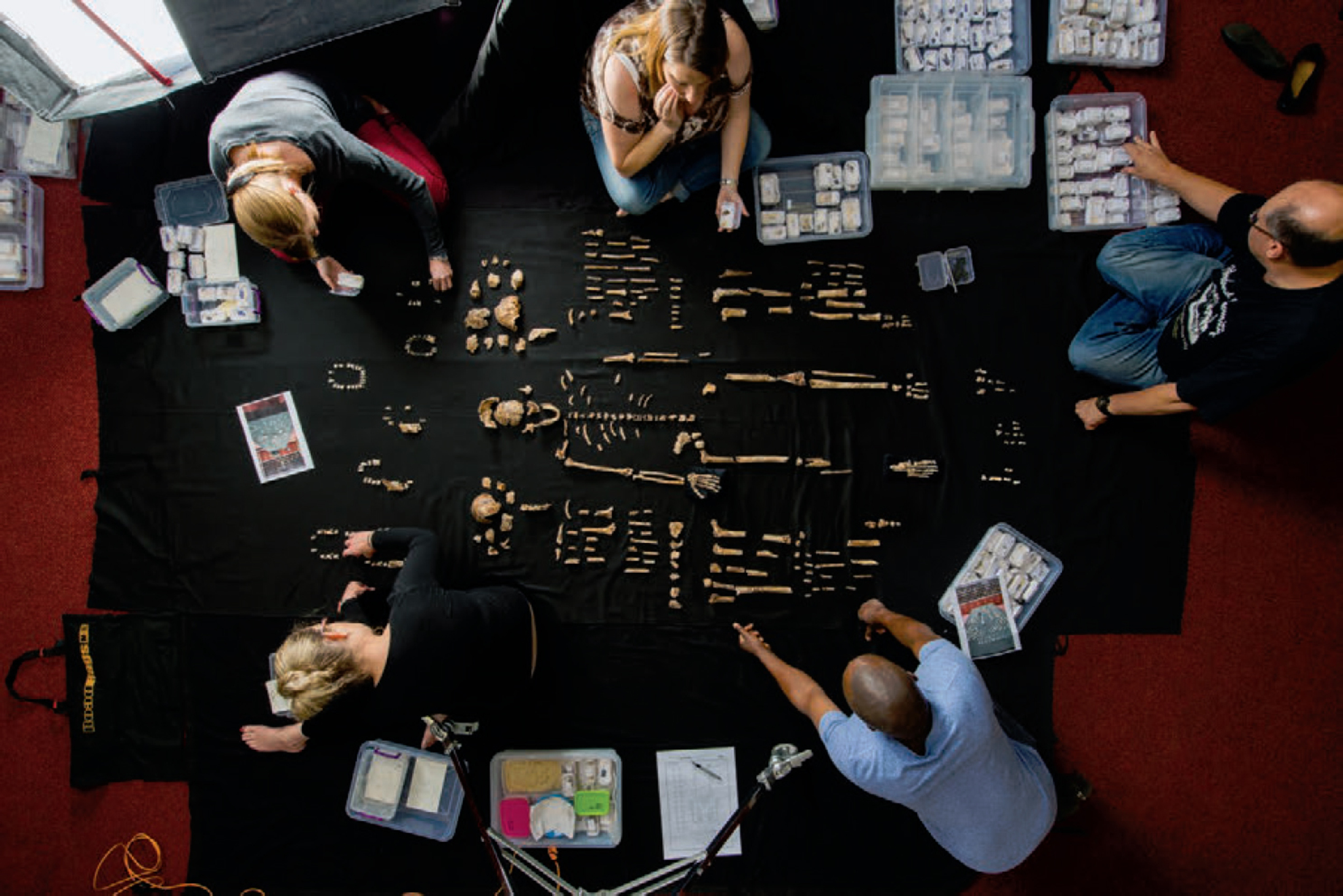

One grand moment of the research came as team members spent several hours laying all the Rising Star fossils out to show the enormous breadth of evidence from across the entire Homo naledi skeleton. Credit 32
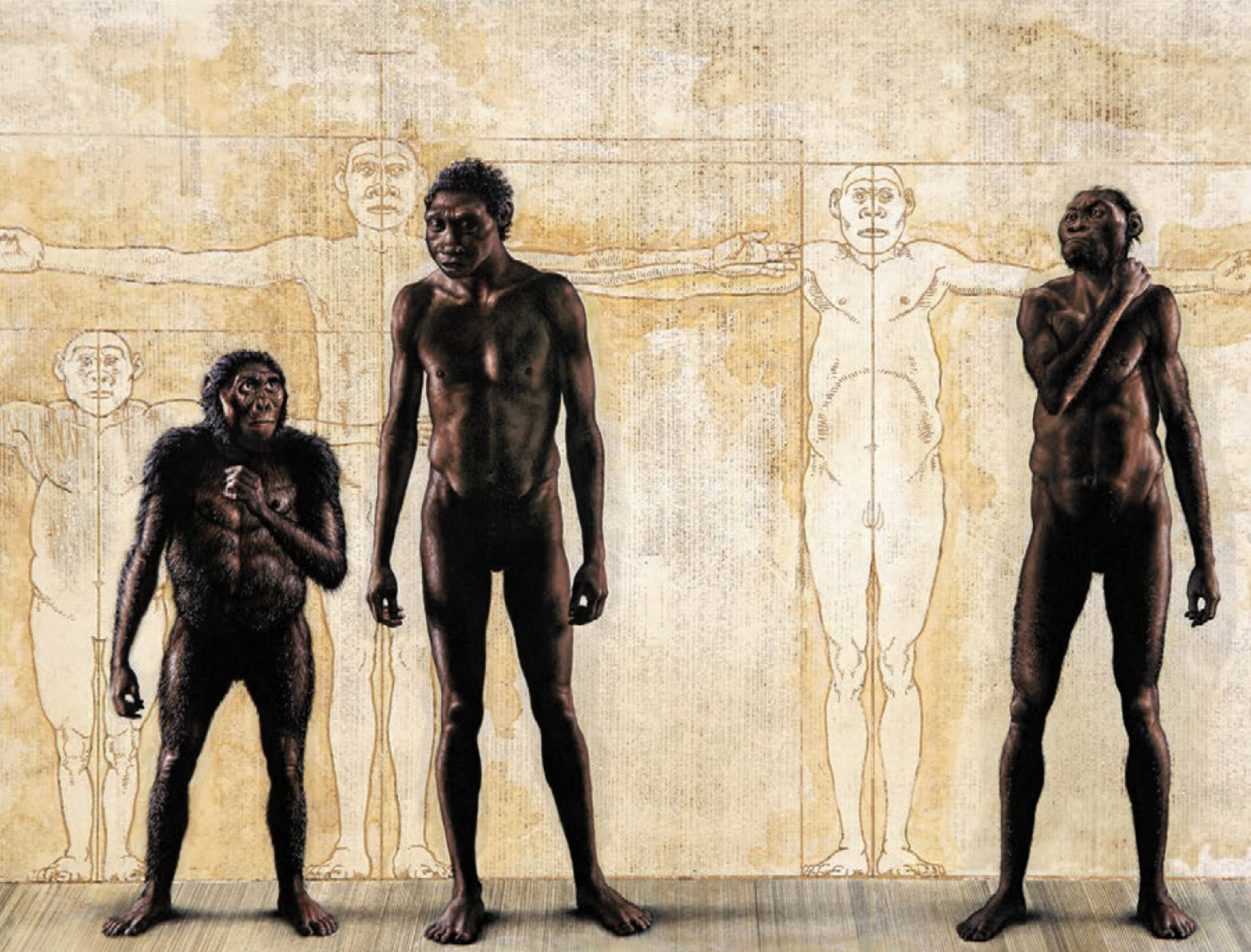

Homo naledi, shown at right in this artist’s interpretation, was the size of a small-bodied human today, making this species taller, with a more slender build, than Lucy (Australopithecus afarensis), left, but smaller than the Turkana Boy (Homo erectus), center. Many signs point to the Rising Star fossils representing a hominin species never seen before. Credit 33
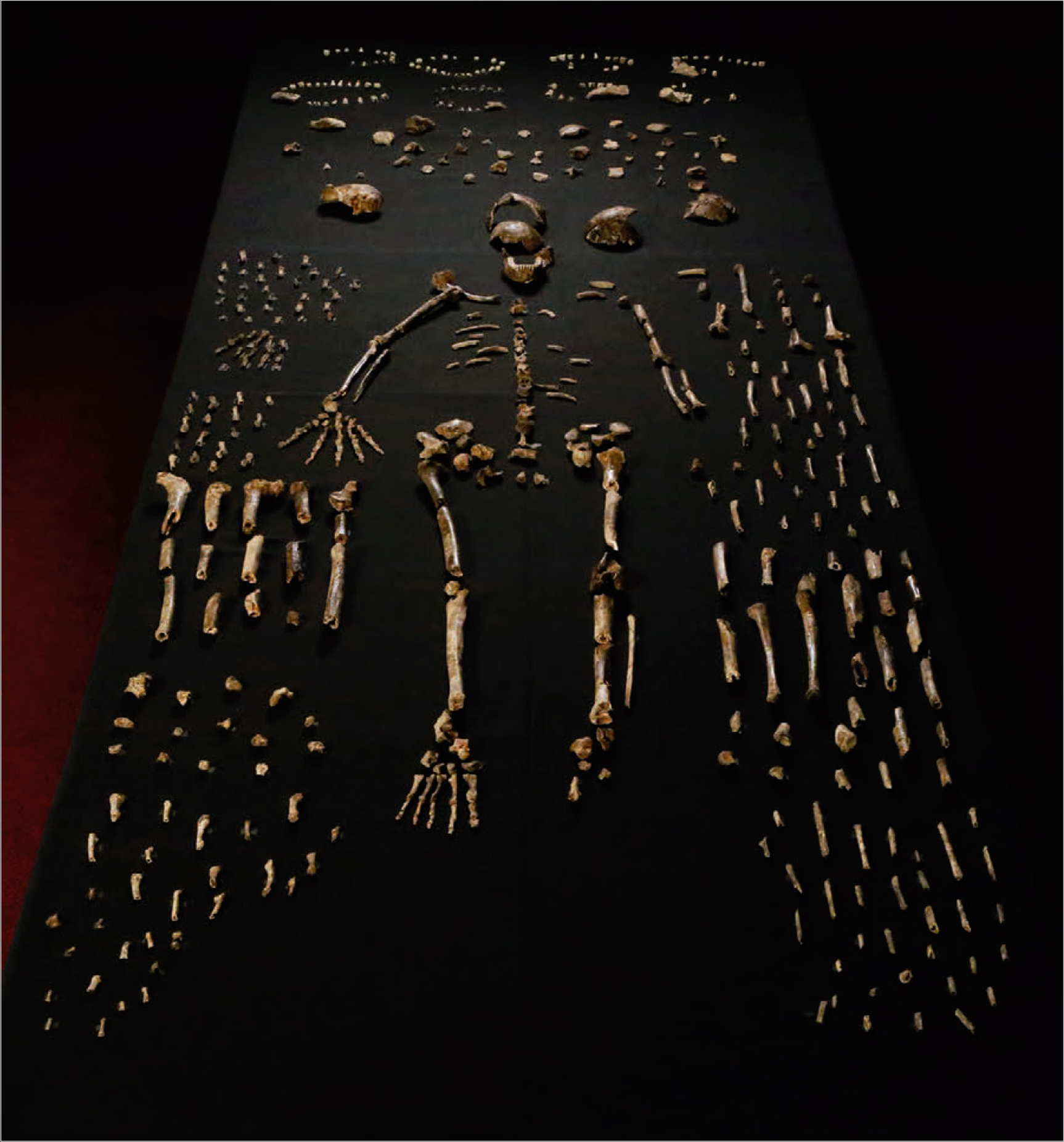

Arranged to display the best of the entire collection brought up from the Dinaledi Chamber, here the most complete fossils found surround a composite skeleton of Homo naledi. Credit 34
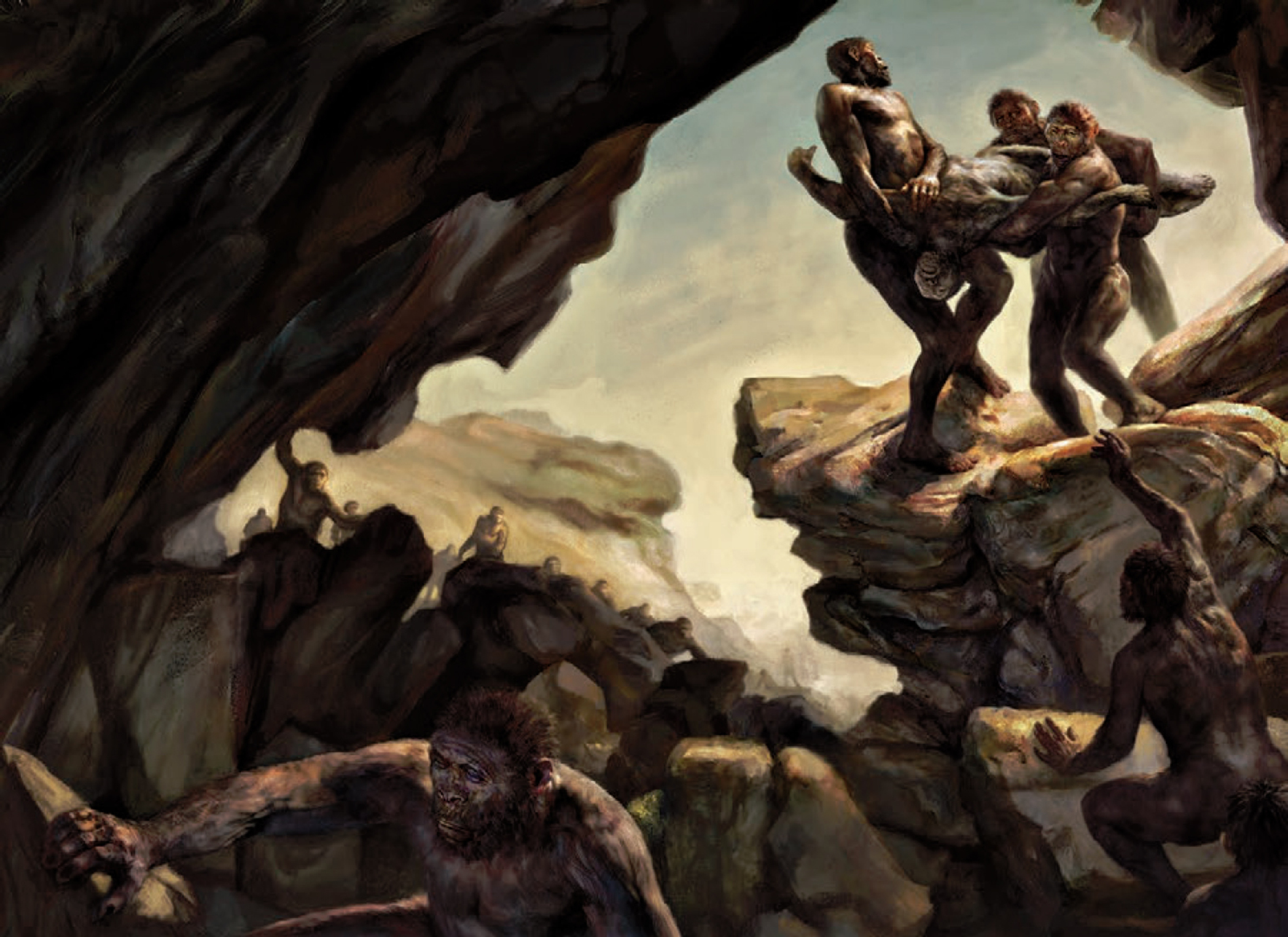

How might these hominin remains have come to be in such a hard-to-reach underground setting? Perhaps, as represented in this imagined scene, Homo naledi deliberately brought their dead into the cave—a hypothesis with resounding implications for the story of humankind. Credit 35